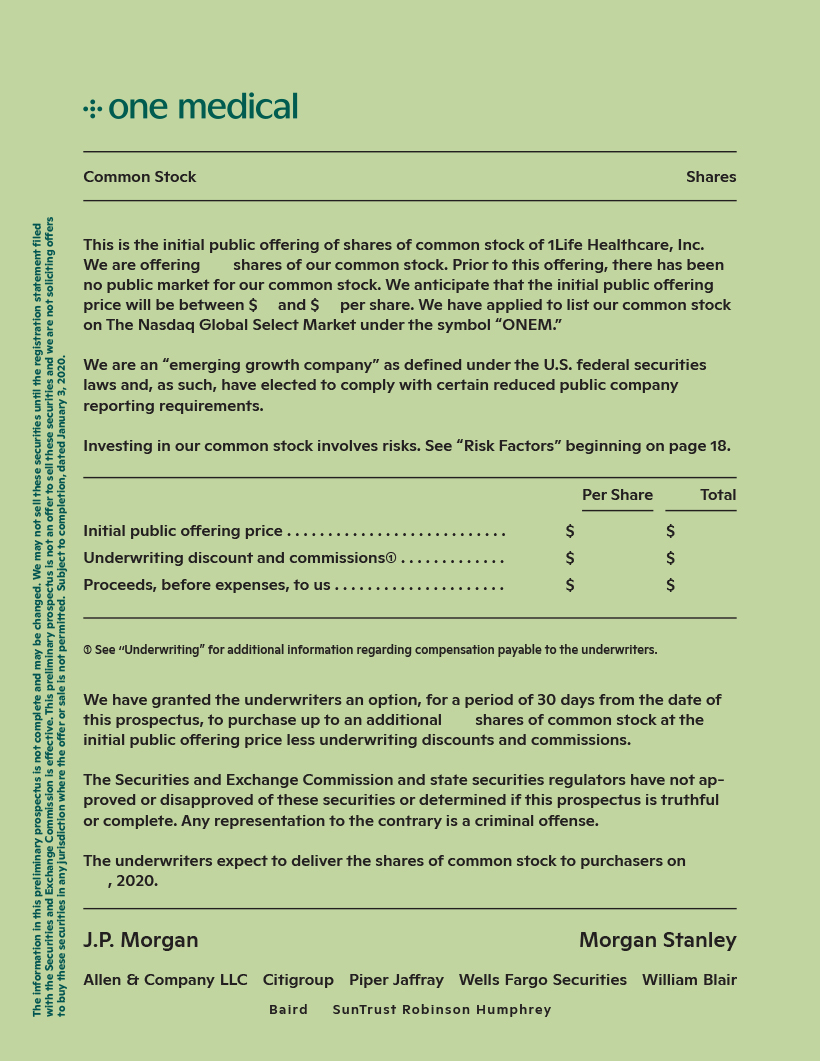For a reverse home loan to be a feasible financial alternative, existing home mortgage balances generally should be low enough to be paid off with the reverse home mortgage earnings. However, customers do have the alternative of paying for their existing home mortgage balance to receive a HECM reverse mortgage. The HECM reverse mortgage follows the standard FHA eligibility requirements for residential or commercial property type, meaning most 14 household houses, FHA authorized condos, and PUDs certify.
Prior to starting the loan procedure for an FHA/HUD-approved reverse mortgage, candidates should take an approved counseling course. An authorized therapist needs to assist describe how reverse home loans work, the financial and tax ramifications of securing a reverse home loan, payment choices, and costs connected with a reverse home mortgage. The counseling is implied to protect borrowers, although the quality of counseling has actually been slammed by groups such as the Customer Financial Protection Bureau. why are reverse mortgages a bad idea.
On March 2, 2015, FHA implemented brand-new guidelines that need reverse home loan applicants to go through a financial evaluation. Though HECM customers are not required to make monthly mortgage payments, FHA wants to make certain they have the monetary ability and desire to keep up with real estate tax and homeowner's insurance (and any other suitable residential or commercial property charges).
Prior to 2015, a Lending institution could not refuse a request for a HECM as the requirement is age 62+, own a house, and satisfy preliminary debt-to-equity requirements. With FA, the loan provider may now force Equity "set aside" rules and sums that make the loan impossible; the like a declination letter for poor credit.
The Only Guide to What Is The Debt To Income Ratio For Conventional Mortgages
Satisfying credit - All housing and installment debt payments should have been made on time in the last 12 months; there are no more than 2 30-day late home loan or installation payments in the previous 24 months, and there is no significant bad credit on revolving accounts in the last 12 months.
If no extenuating situations can be documented, the debtor might not certify at all or the loan provider might require a large quantity of the principal limit (if offered) to be taken into a Life Span Reserve (LESA) for the payment of residential or commercial property charges (real estate tax, house owners insurance, etc.).

The fixed-rate program includes the security of a rates of interest that does not change for the life of the reverse home mortgage, however the interest rate is usually higher at the start of the loan than a comparable adjustable-rate HECM. Adjustable-rate reverse home mortgages generally have interest rates that can change on a regular monthly or annual basis within specific limits.
The initial interest rate, or IIR, is the actual note rate at which interest accumulates on the outstanding loan balance on a yearly basis. For fixed-rate reverse mortgages, the IIR can never ever alter. For adjustable-rate reverse mortgages, the IIR can alter with program limits as much as a lifetime rate of interest cap.
The 30-Second Trick For Which Of The Following Is Not True About Mortgages
The EIR is frequently various from the actual note rate, or IIR. The EIR does not identify the amount of interest that accumulates on the loan balance (the IIR does that). The total pool of cash that a customer can receive from a HECM reverse mortgage is called the primary limit (PL), which is determined based upon the optimum claim quantity (MCA), the age of the youngest customer, the anticipated rate of interest (EIR), and a table to PL factors released by HUD.
A lot of PLs are generally in the variety of 50% to 60% of the MCA, but they can often be higher or lower. The table below gives examples of primary limitations for different ages and EIRs and a residential or commercial property worth of $250,000. Customer's age at origination Expected rates of interest (EIR) Principal limitation factor (as of Aug.
In other words, older debtors tend to certify for more money than younger debtors, but the overall amount of cash offered under the HECM program tends to decrease for all ages as rates of interest rise. Closing expenses, existing mortgage balances, other liens, and any home taxes or house owners insurance due are typically paid of the preliminary primary limit.
The cash from a reverse home loan can be dispersed in 4 methods, based on the customer's monetary requirements and goals: Lump amount in cash at settlement Month-to-month payment (loan advance) for a set number of years (term) or life (tenure) Credit line (similar to a home equity credit line) Some combination of the above Note that the adjustable-rate HECM offers all of the above payment alternatives, however the fixed-rate HECM just offers lump amount.
Not known Factual Statements About How To Qualify For Two Mortgages
This indicates that borrowers who choose a HECM credit line can potentially get to more cash over time than what they initially received at origination. The line of credit growth rate is identified by including 1.25% to the initial interest rate (IIR), which implies the line of credit will grow quicker if the interest rate on the loan boosts.
Since numerous debtors were taking complete draw swelling amounts (typically at the encouragement of loan providers) at closing and burning through the cash rapidly, HUD sought to protect borrowers and the viability of the HECM program by restricting the amount of profits that can be accessed within the very first 12 months of the loan.
Any remaining offered earnings can be accessed after 12 months. If the overall obligatory commitments surpass 60% of the principal limitation, then the debtor can draw an extra 10% of the principal limit if readily available. The Real Estate and Economic Healing Act of 2008 supplied HECM debtors with the chance to acquire a new principal house with HECM loan proceeds the so-called HECM for Purchase program, effective January 2009.
The program was created to allow the elderly to buy a brand-new primary residence and get a https://postheaven.net/cillen8hbi/b-table-of-contents-b-a reverse home loan within a single deal by eliminating the requirement for a second closing. Texas was the last state to permit reverse mortgages for purchase. Reverse home mortgages are frequently slammed over the issue of closing expenses, which can in some cases be expensive.
Not known Facts About What Is The Current Interest Rate For Commercial Mortgages

Considering the limitations imposed upon HECM loans, they are similar to their "Forward" contemporaries in overall expenses. The following are the most normal closing costs paid at near to obtain a reverse home mortgage: Therapy cost: The primary step to get a reverse home loan is to go through a therapy session with a HUD-approved therapist.
Origination charge: This is charged by the loan provider to set up the reverse mortgage. Origination costs can vary widely from lending institution to lender and can vary from absolutely nothing to an optimum of $6,000. Third-party fees: These costs are for third-party services worked with to complete the reverse home loan, such as appraisal, title insurance, escrow, federal government recording, tax stamps (where appropriate), credit reports, etc.
The IMIP protects lenders by making them entire if is wesley financial group legit the home costs the time of loan payment for less than what is owed on the reverse home mortgage. This safeguards debtors as well due to the fact that it implies they will never ever owe more than time share attorney their home is worth. As of 1/2019, the IMIP is now 2% of limit claim amount (Either the appraised worth of the house as much as an optimum of $726,535) The yearly MIP (home mortgage insurance premium) is.50% of the impressive loan balance.